NFT Paris Unveiled: Top 6 Revelations on Web3 and Blockchain

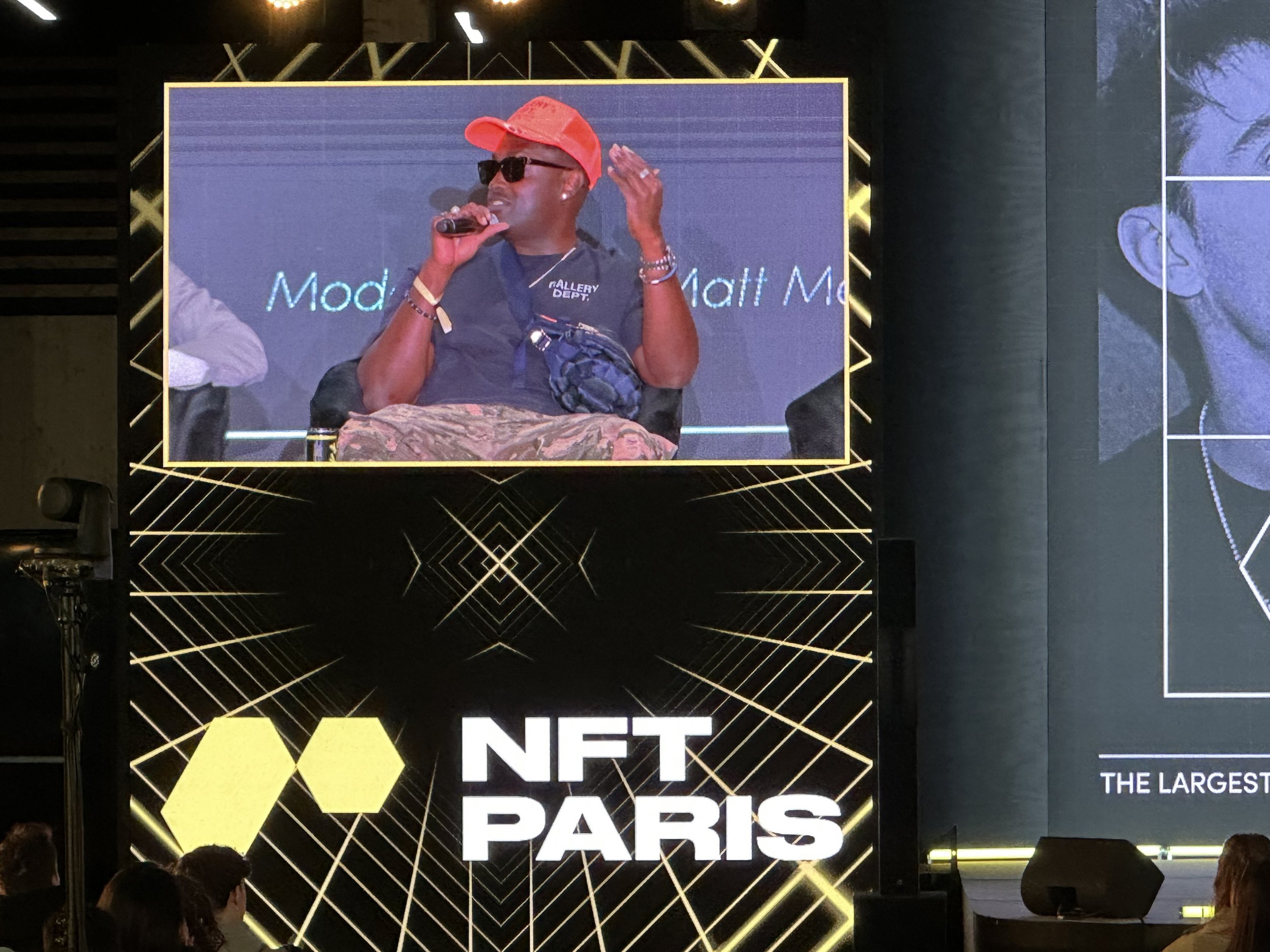

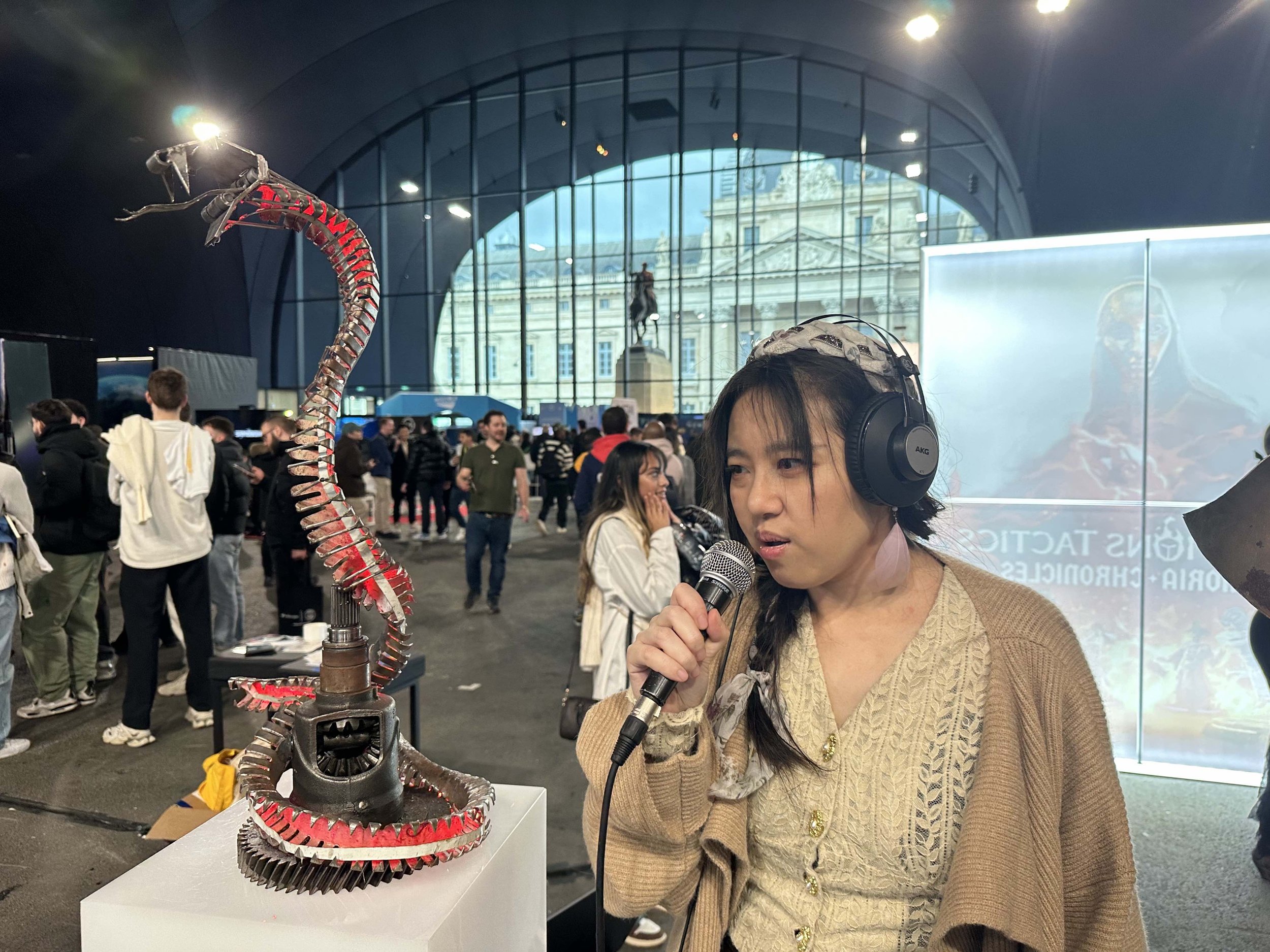




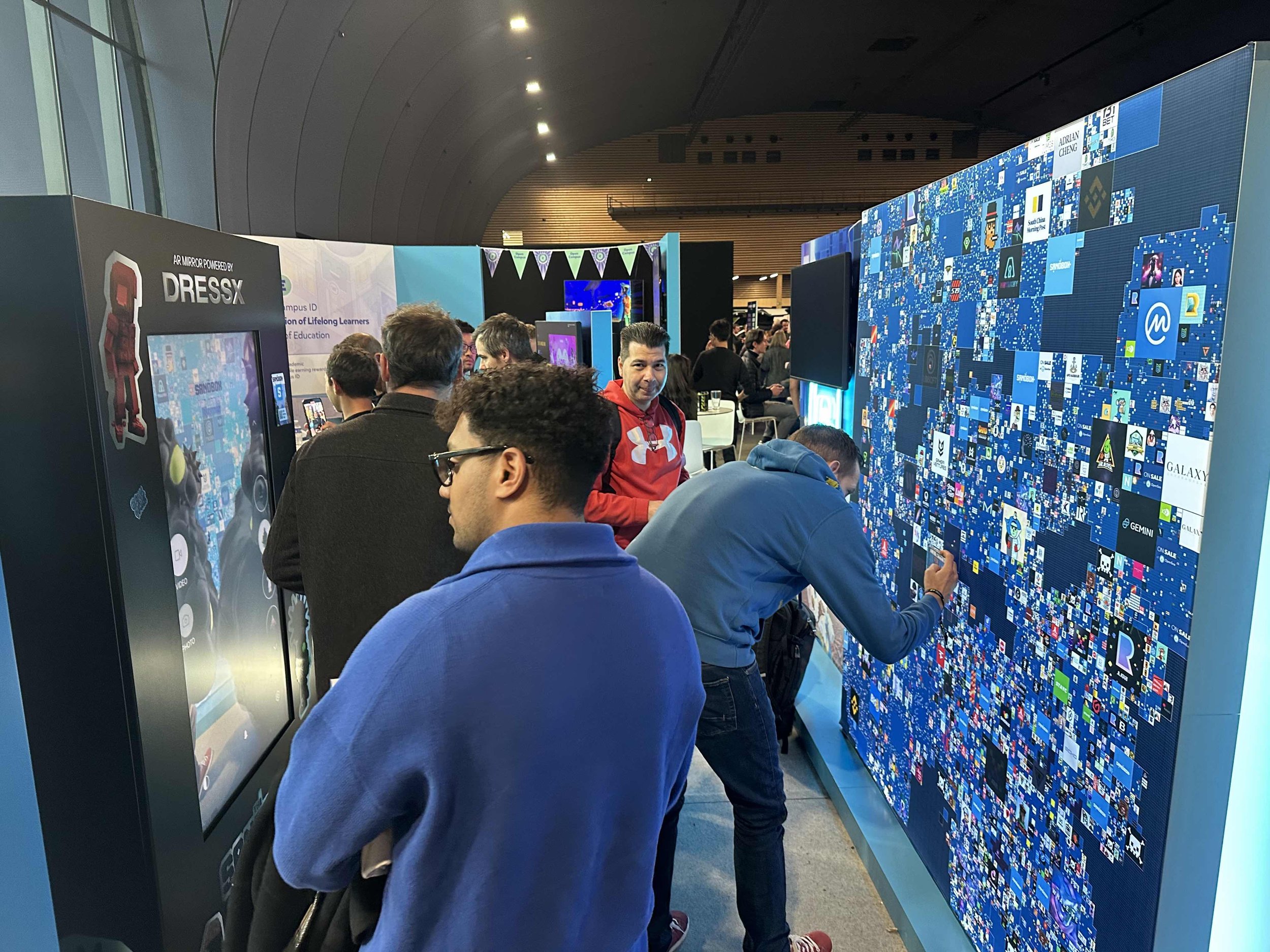
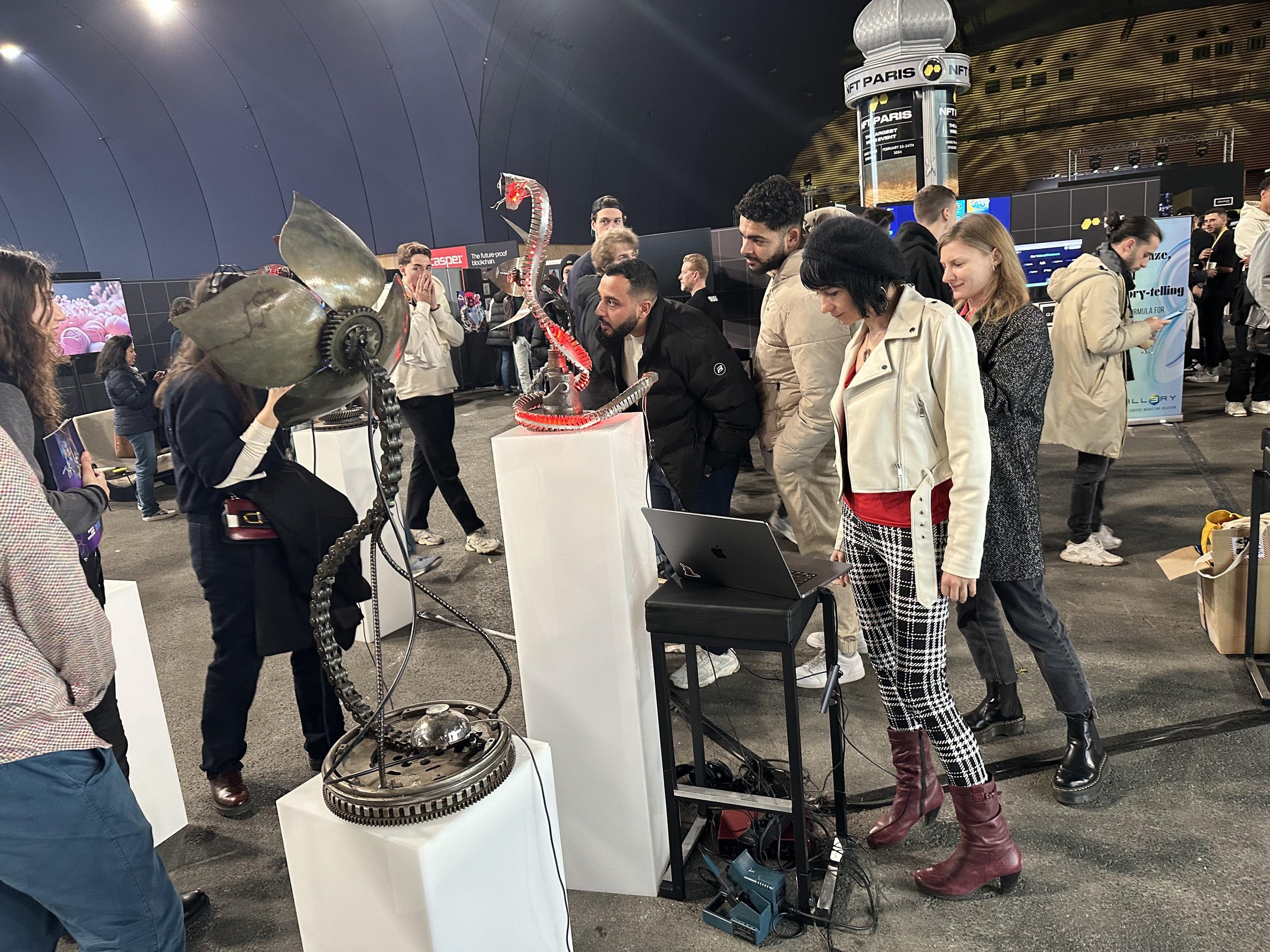
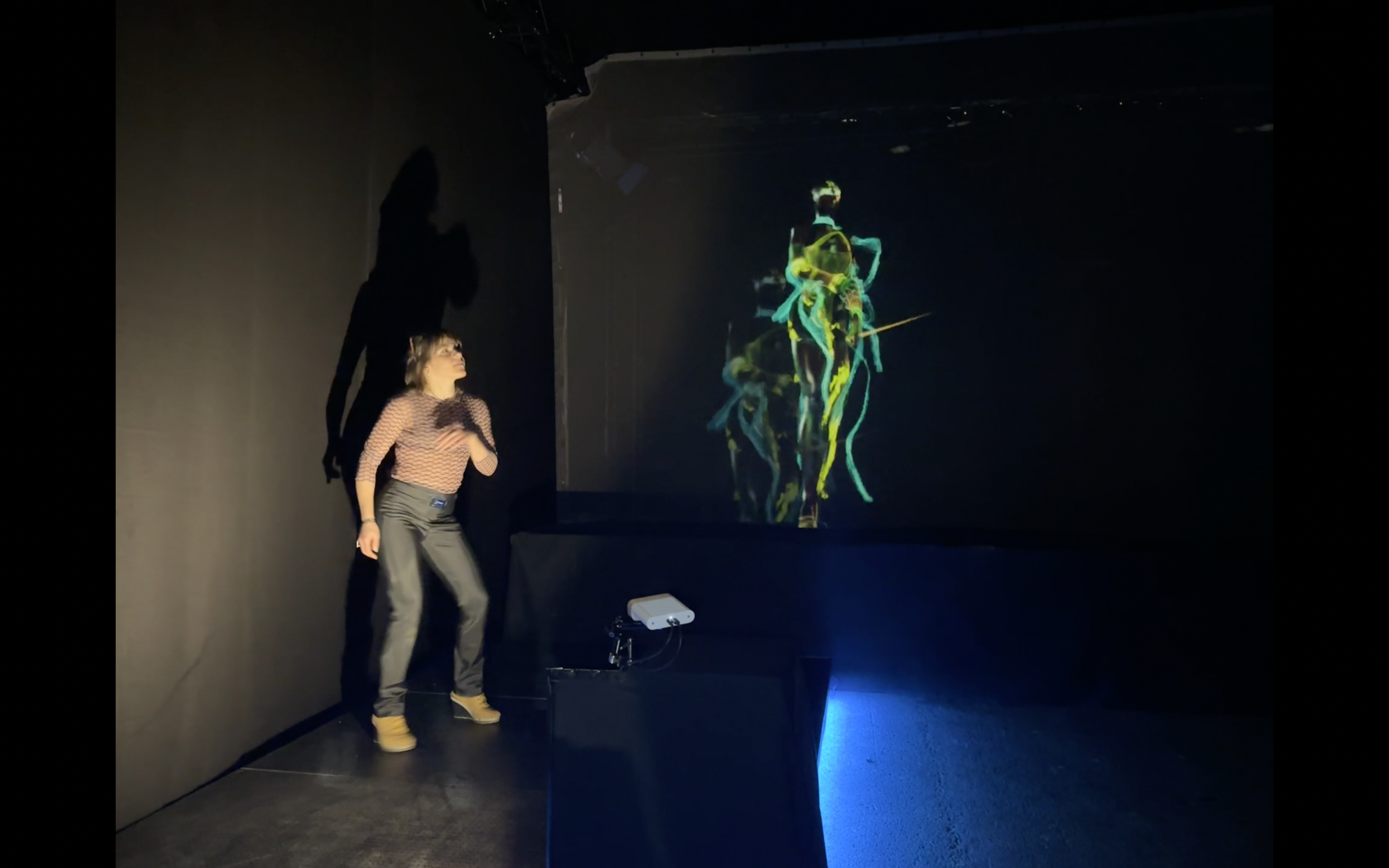


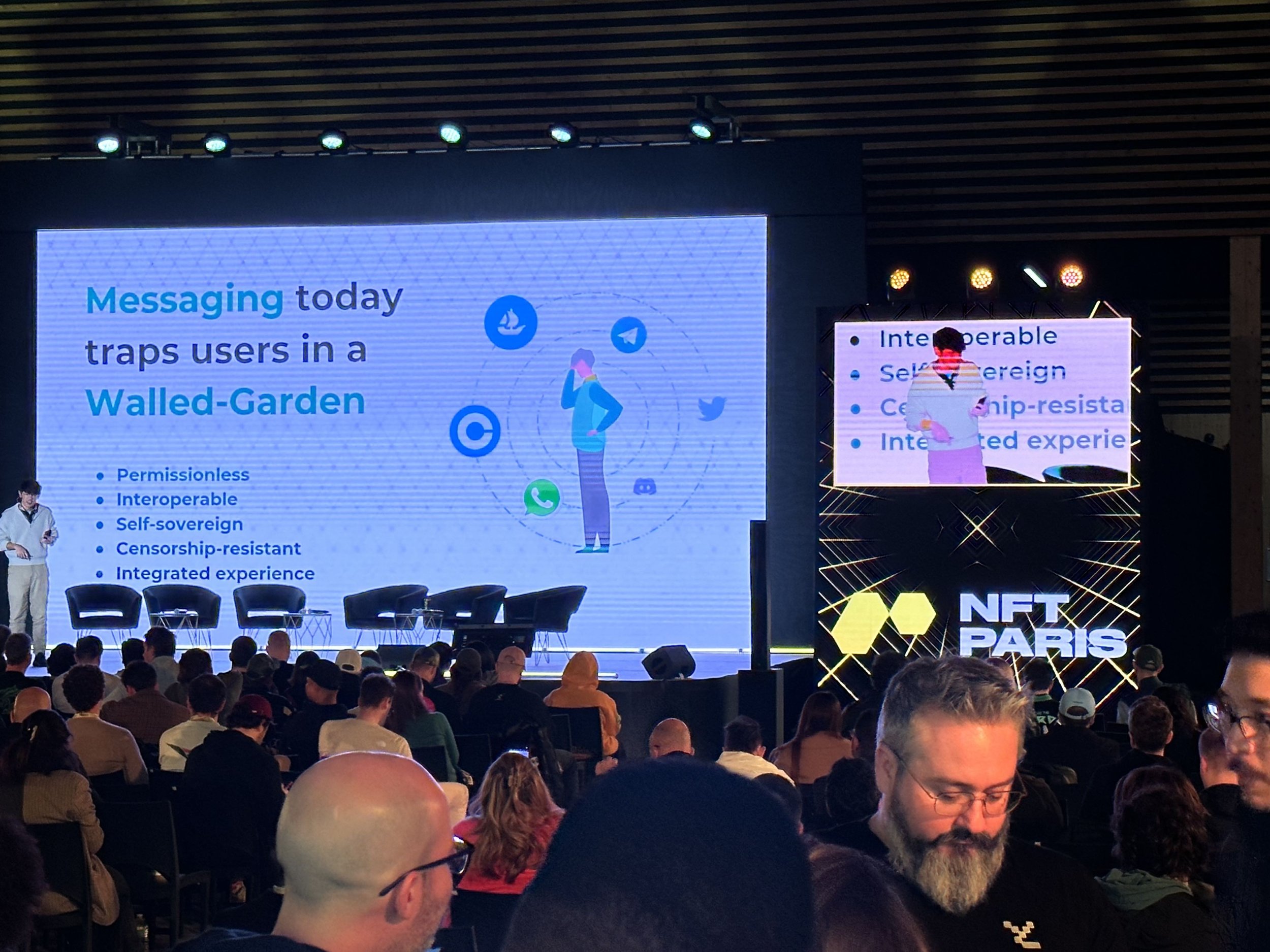
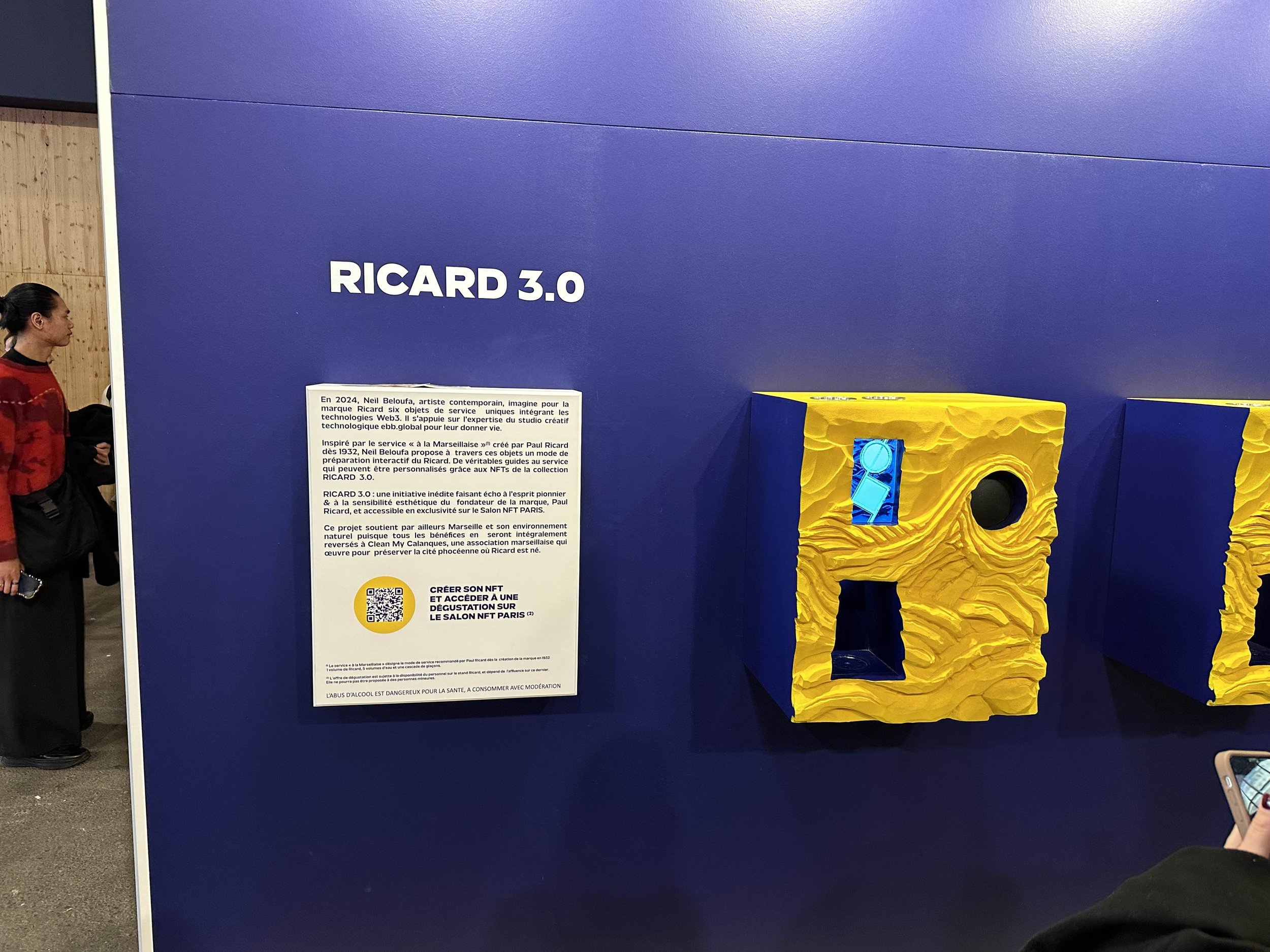
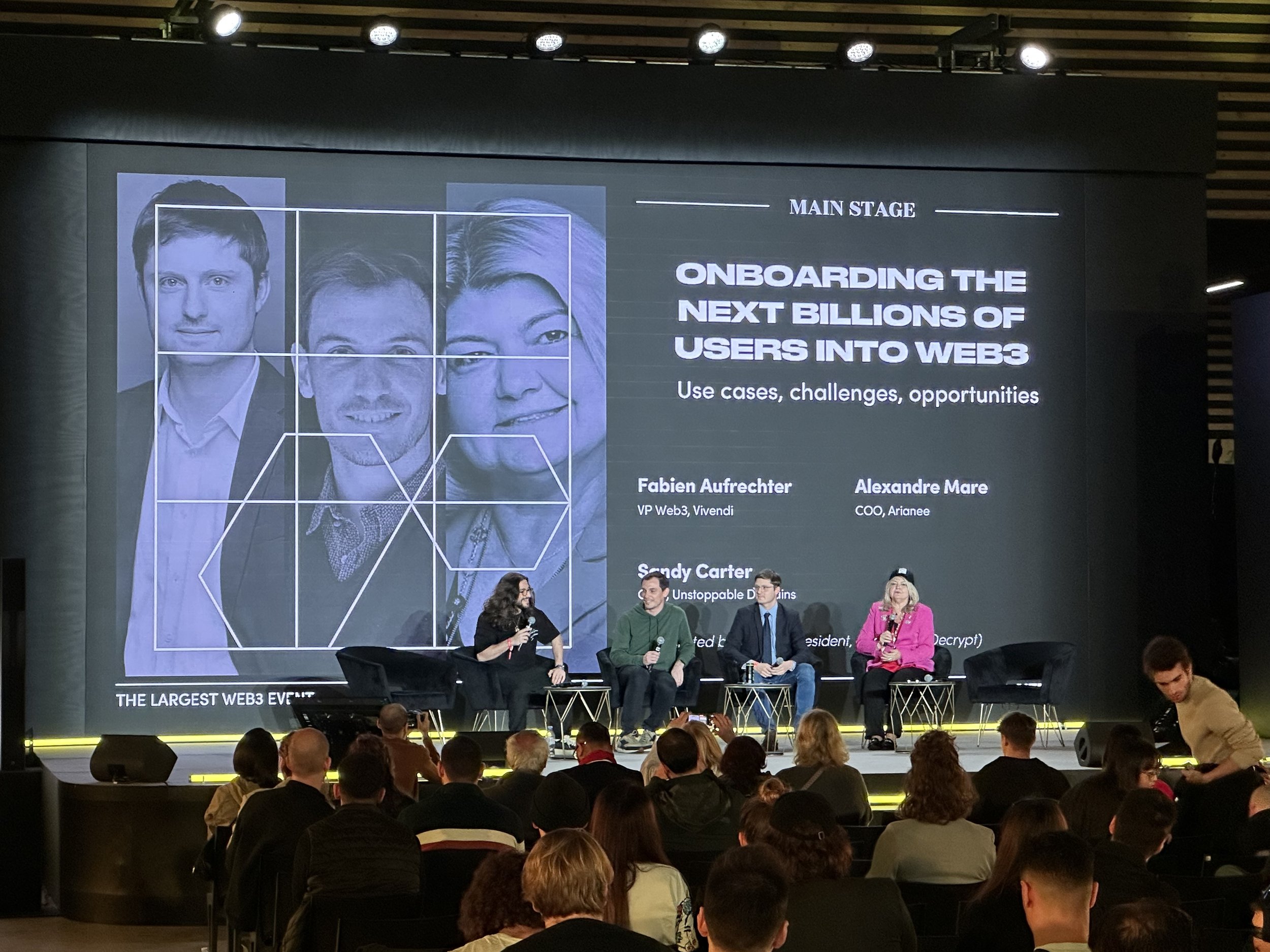

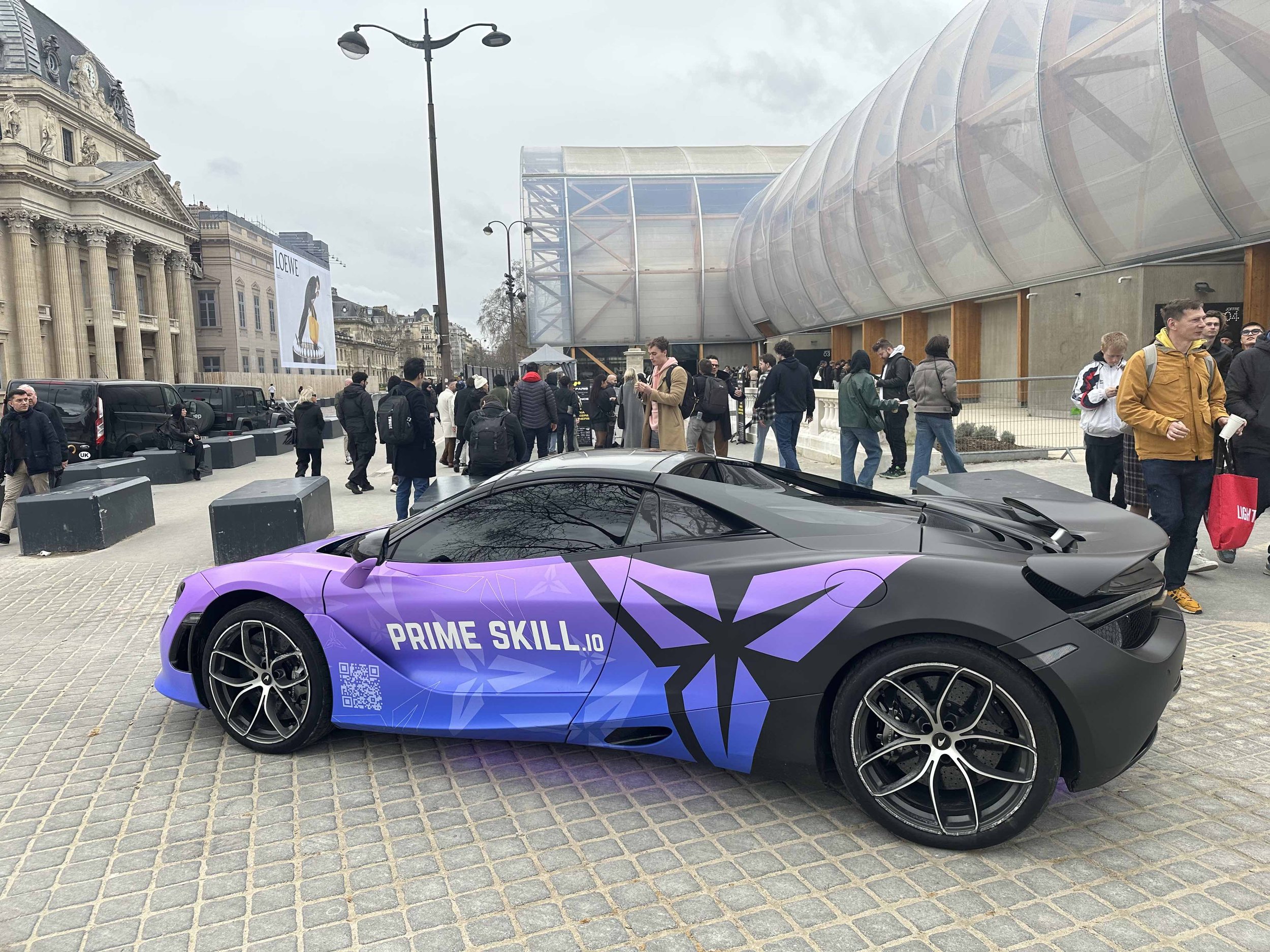

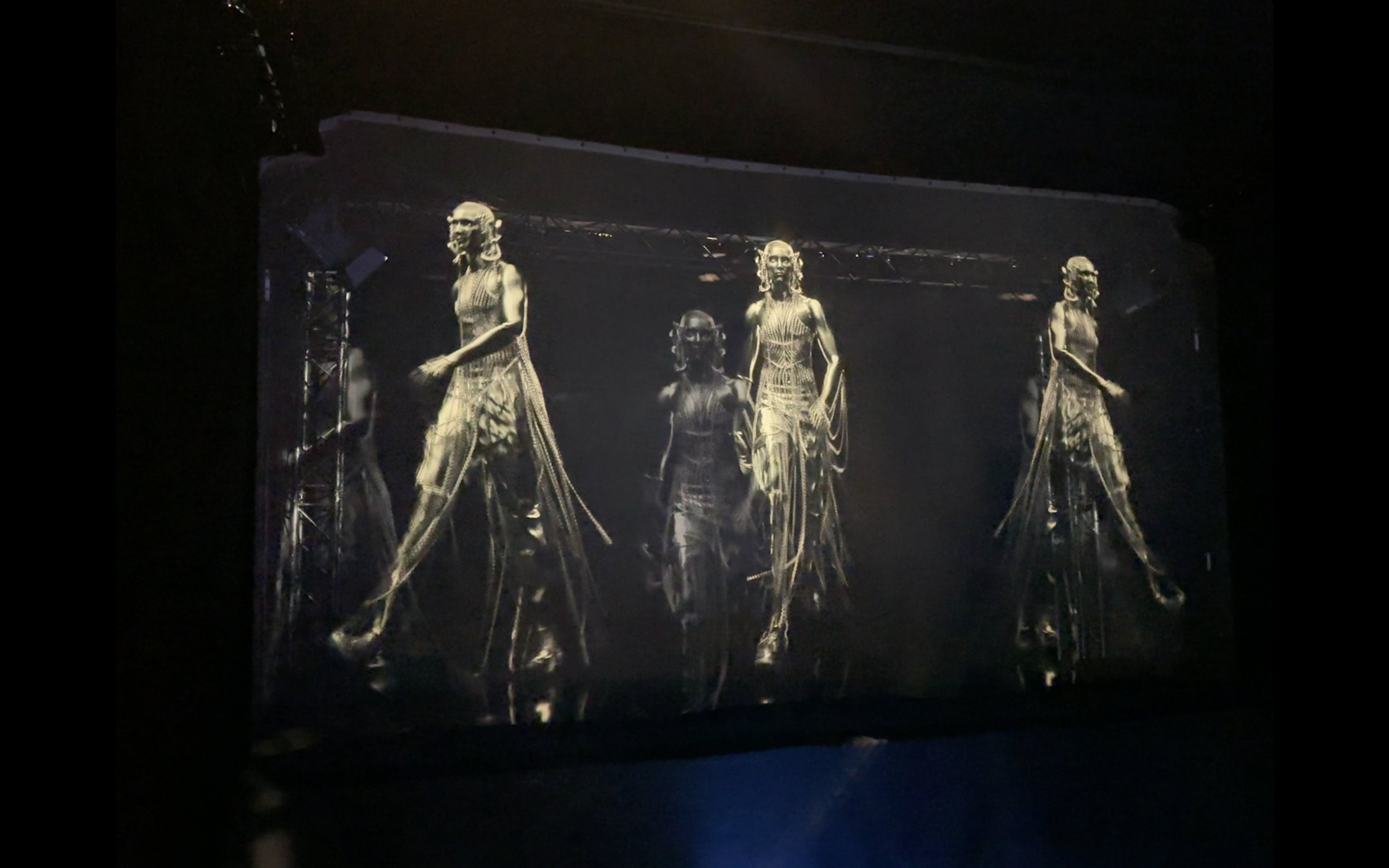


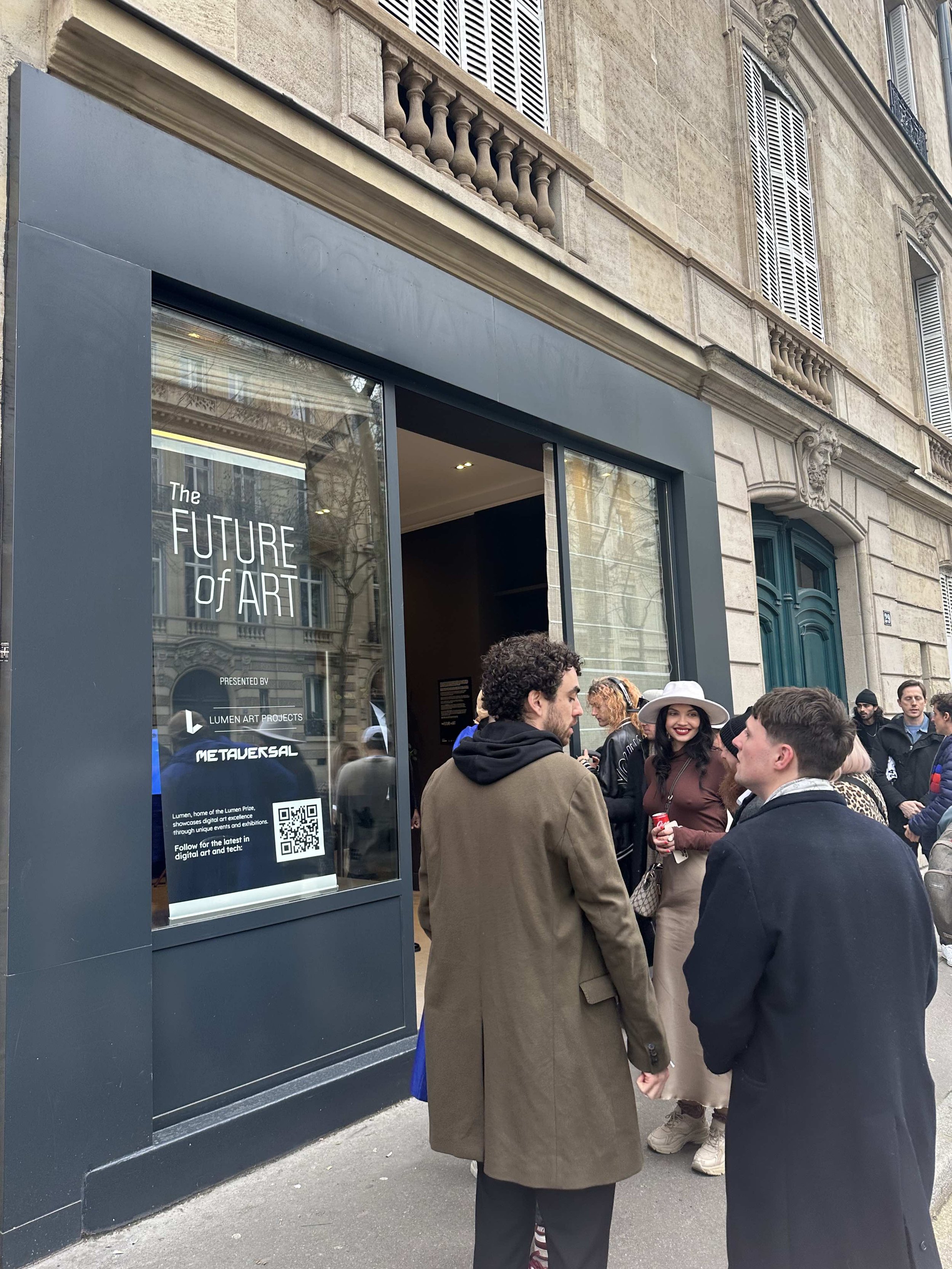
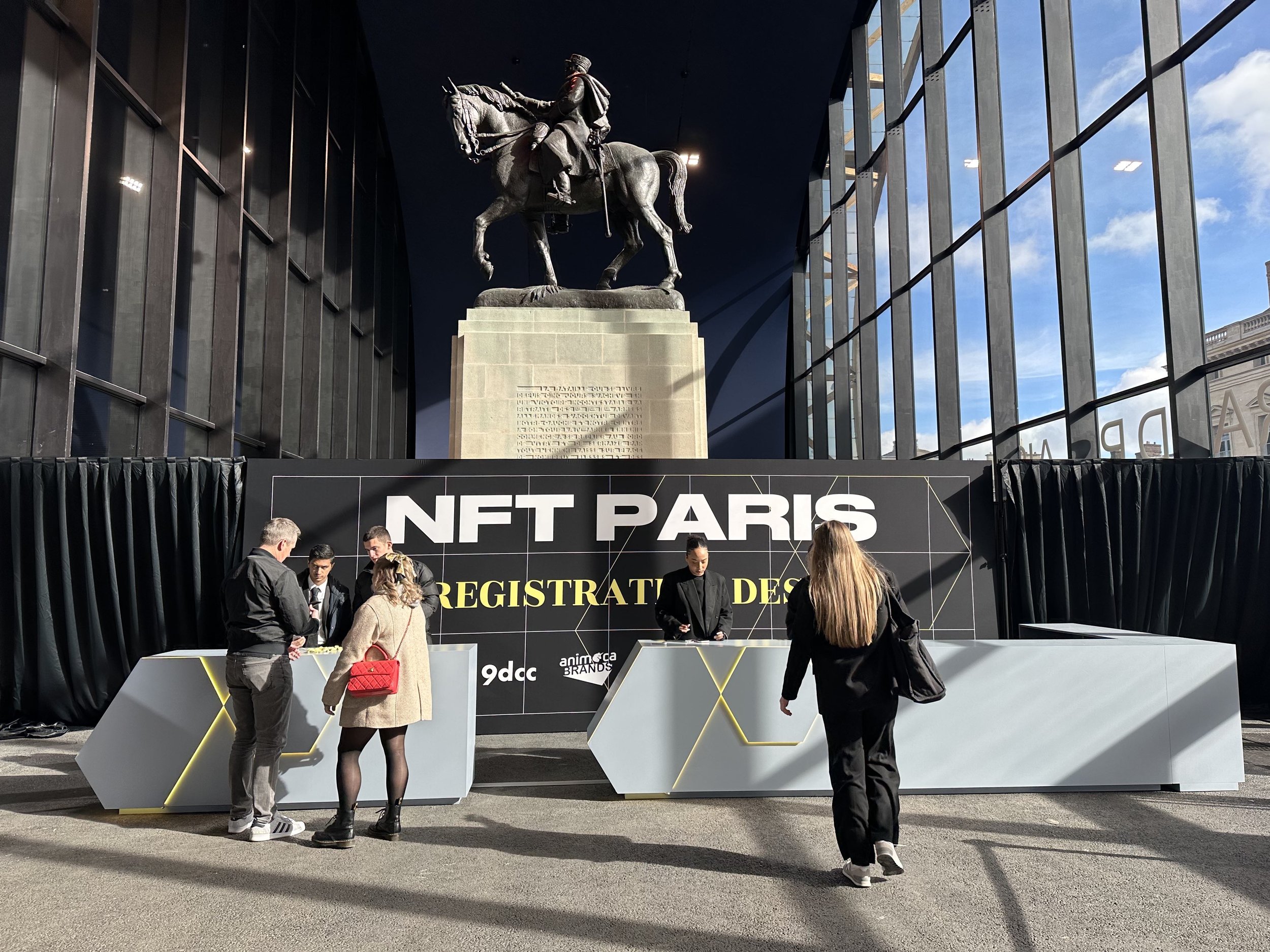

By Peter Sapienza
NFT Paris Conference
I had the pleasure of attending the NFTParis conference at the Grand Palais Ephémère. I experienced many informative presentations by legends and leaders in the web3/ blockchain space, strolled through the conference meeting a rich assortment of creative people, immersed myself in the solid French Web3 community, and participated in an industry event hosted by the HEC Paris alum group, discovering a unique glimpse into the frontiers of Web3. Is Web3 hype, or next level?
Web3 in Paris: My Highlights
My six key takeaways from the NFT Paris show are presented below. My top takeaway is this: regardless of its current trendiness or comprehension level,
1.Web3 will soon redefine how individuals own and legitimize digital assets, and digital-physical experiences.
Web3 is the next phase in internet evolution, transcending buzzwords status to become an important part of the future state of the Internet. The transition from today's Web2, dominated by a few juggernauts like Google, Meta, and Amazon, to a decentralized Web3, allows users and communities to maintain ownership and control over their data. Web3 not only continues the services, commerce, and communications found in Web2 but also evolves as a technological platform and philosophy, promoting data privacy, ownership, provenance, and the authentication of digital assets. New transactional, automation, and security mechanisms are evolving with the use of the blockchain and cryptocurrencies.
2.User Ownership Is High-Value
The concept of "read, write, own," popularized by Chris Dixon, emphasizes Web3’s potential to establish networks with superior architectures, free from corporate oversight, where individuals and communities can “own” and control their digital assets and data. This new decentralized model reduces the power of centralized data profiteers, and puts the user in control. In a world where personal data is a corporate profit center, controlling one's data and digital assets provides tangible value, especially as the demand for digital content authenticity rises. In our increasingly digital world, where GenAI is blurring the line between human and machine, and real and fake, there is the clear need to provide mechanisms to ascribe ownership of digital assets and experiences, as is already being experienced in the worlds of gaming, education, pharma, art, etc.
3.The Digital-Physical Interface Blurs
Web3 will retain the functionalities of Web2 but with enhanced security and community-driven governance, moving away from the control of a few big tech firms. Beyond mere utility, Web3 is about enabling a creative, artistic, playful, and sensory environment, reflecting a human spirit eager to explore new frontiers. In a world of interactive real life objects, venues and experiences entangled with overlapping mixed reality metaverses, enabling people to create, own and share in meaningful ways will be of critical importance. Examples of important Web3 use cases across merged digital-physical experiences and a rising peer-to-peer economy are:
NFTs (Non Fungible Tokens) are advancing the art industry, with top artists showcasing or extending their work in unique ways.
Blockchain is transforming the gaming industry, creating immersive in-game economies.
Web3 is critical to the future luxury brands & entertainment, as digital blurs into physical, enabling authenticated assets & experiences.
As the digital and physical worlds converge, and when real-life interactive objects, venues and experiences become entangled with overlapping mixed reality metaverses, the significance of creating, owning, and sharing meaningful experiences escalates, and Web3, along with blockchain and cryptocurrency, is vital for this new digital-physical merge.
4.Complexity Inhibits Adoption
A recurring theme in the presentations was "onboarding," focusing on how to facilitate new waves of user adoption of blockchain, Web3, and cryptocurrencies. Addressing user experience hurdles, security inconveniences and the challenges inherent with decentralized platforms will begin to reduce the significant barriers to access and adoption. Some key pain points of Web3 are as follows:
User Experience Hurdles: The current user experience of most of Web3 is sub par vs Web2. Once people are provided with a better UX, that mimics or surpasses the standards of usability established in Web2, Web3 will become accessible to many more people.
The Decentralized Web3 Landscape: The promise of Web3 is to decentralize platforms. However inherent in the system being decentralized is the fact that a multitude of platforms, with competing entry-paths into Web3, currently do not have a layer that allows users to easily navigate or act across a unified experience. That will change.
The Complexity of Security Features: Security protocols, such as encryption keys, are daunting. They currently require users to manually save and retrieve 10-digit keys to transact on the blockchain, reminiscent of the early internet days when people used IP addresses before the advent of named URLs.
Lack of Interoperability across Fragmented and Disjointed Parts of Web3: Currently, there is a noticeable lack of cohesive services across various sites, platforms, wallets, and user-focused application layers.
Intimidating Jargon: Every up-and-coming technology has its jargon, often a barrier to wider adoption. However, as Web3 matures, its terminologies, like those for NFTs, hashing, DAOs, DeFi, gas fees, Ethereum, blockchain layers, and even APE and pudgy penguins will likely become mainstream.
Overcoming these challenges involves simplifying security processes, like encryption key management, and enhancing interoperability among Web3's various components. Companies like Polygon and Unstoppable will smooth out access, experience and payment challenges across disparate platforms to provide a more seamless experience.
5.Risks Are Significant, but Not Insurmountable
As with any early stage technology, there are myriad risks, and associated fears, which may inhibit adoption, as well as lead to scams, theft, investment losses and setbacks. The primary risks of Web3 are the following:
Security Flaws: These technologies are relatively new and may contain hidden vulnerabilities, yet to be exploited by hackers and scammers to steal data or cryptocurrency.
Pricing Volatility: Cryptocurrency market prices are wildly unpredictable, which can lead to financial losses for investors and unstable ventures.
Regulatory and Legal Uncertainty: The laws and regulations governing cryptocurrencies and the blockchain are continually in flux. These unknowns can aversely affect Web3 adoption and normalization.
Criminal Activities: All out crime is also possible, as evidenced by funding terror on the Dark Web, ransomware attacks, and white collar crime, i.e. the downfall of wunderkind Sam Bankman-Fried who stole $8 billion from customers of the now-bankrupt FTX cryptocurrency exchange he founded.
Infrastructure Scalability Problems: The current blockchain technology infrastructure easily butts up against its limitations, failing to handle large volumes, leading to slow and expensive transactions. These functionality limits must be overcome to achieve wider usage and adoption.
Privacy: A built-in benefit to blockchain is that it provides anonymity through advanced encryption, decentralization and pseudonymity (using a different name). On the flip side, there is the ironic risk, that stored data may be traced back to individuals because of the very transparency, data permanency and user associations that are inherent in blockchain transactions.
The above risks are quite serious. However, If they are effectively managed through improved technology solutions, clear regulations , and user education, the rewards may outweigh the risks. The key is in how these technologies evolve and are integrated into existing systems to reduce the risks and maximize the benefits.
6.Stay Tuned: The Web3 “ChatGPT moment” is Yet To Come
AI, even though has existed since the 1950s, was unknown to the masses until November 30, 2022 with the launch of ChatGPT. An excellent panel at the conference discussed whether there would “need to be” a “ChatGPT moment“ to act as a tipping point for the mainstream adoption of Web3. Fabien Aufrechter, Vivendi VP Web3 and French Mayor speculated that a “ChatGPT moment” for Web3 would likely not resemble OpenAI’s user-delighting product release, but instead would more likely be revealed in a very negative sense in terms a massive pivotal state sponsored hack or event that would quickly underscore the necessity for a more secure web, thus accelerating the migration to Web3.
In conclusion, Web3 is upon us, and should be considered within any product development, experience design or corporate venture. Web3 and the blockchain will provide new powerful ways for companies and individuals to control digital assets in a world with an increasingly blurred digital-physical divide.
Links:
Illa da Producer, Community and partnerships lead @yugalabs
Mayor Fabien Aufrechter, Maire de Verneuil-sur-Seine and Vivendi VP Web3
CFIRE and Artist Zheng Chongbin NTFs
Published 28 March, 2024